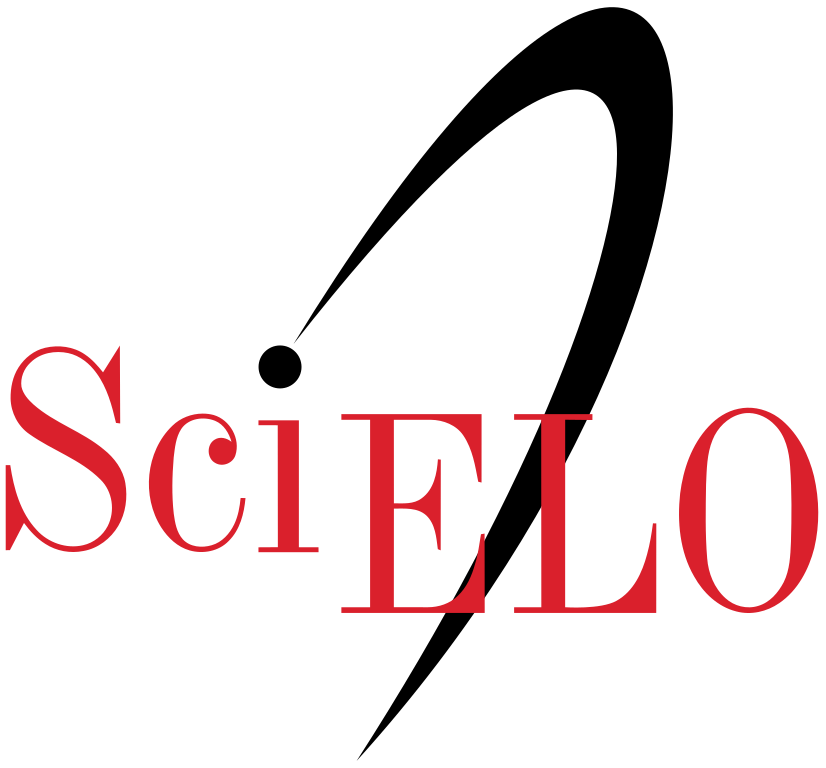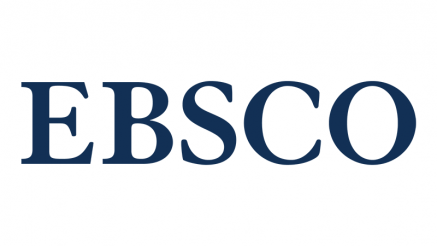Estudio de la resistencia a la corrosión electroquímica de electro-recubrimientos níquel/cobre obtenidos por corriente pulsante
Resumen
Resumen
En este artículo se presenta la obtención de recubrimientos de cobre-níquel
sobre sustratos de zamak por medio de electrodeposición, utilizando las
técnicas de corriente directa, corriente pulsante directa y corriente pulsante
inversa, con el propósito de estudiar el comportamiento de cada una frente
a los fenómenos corrosivos simulando un medio marino (NaCl al 3,5%
wt). La caracterización electroquímica se realizó mediante las técnicas de
espectroscopia de impedancias electroquímica (EIS) y curvas de polari- zación Tafel, las cuales permitieron encontrar que la mayor velocidad de
corrosión es para los recubrimientos obtenidos con la técnica de corriente
directa y la de menor es para la de corriente pulsante inversa. Finalmente,
se establece que las técnicas de corriente pulsante generan depósitos que
incrementan la resistencia a la corrosión de los recubrimientos obtenidos.









